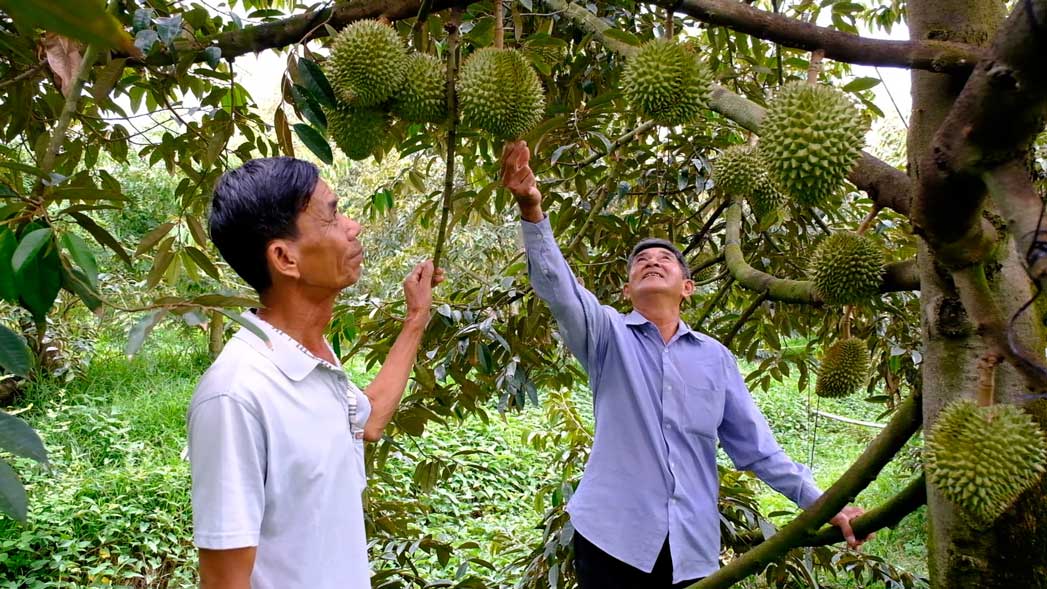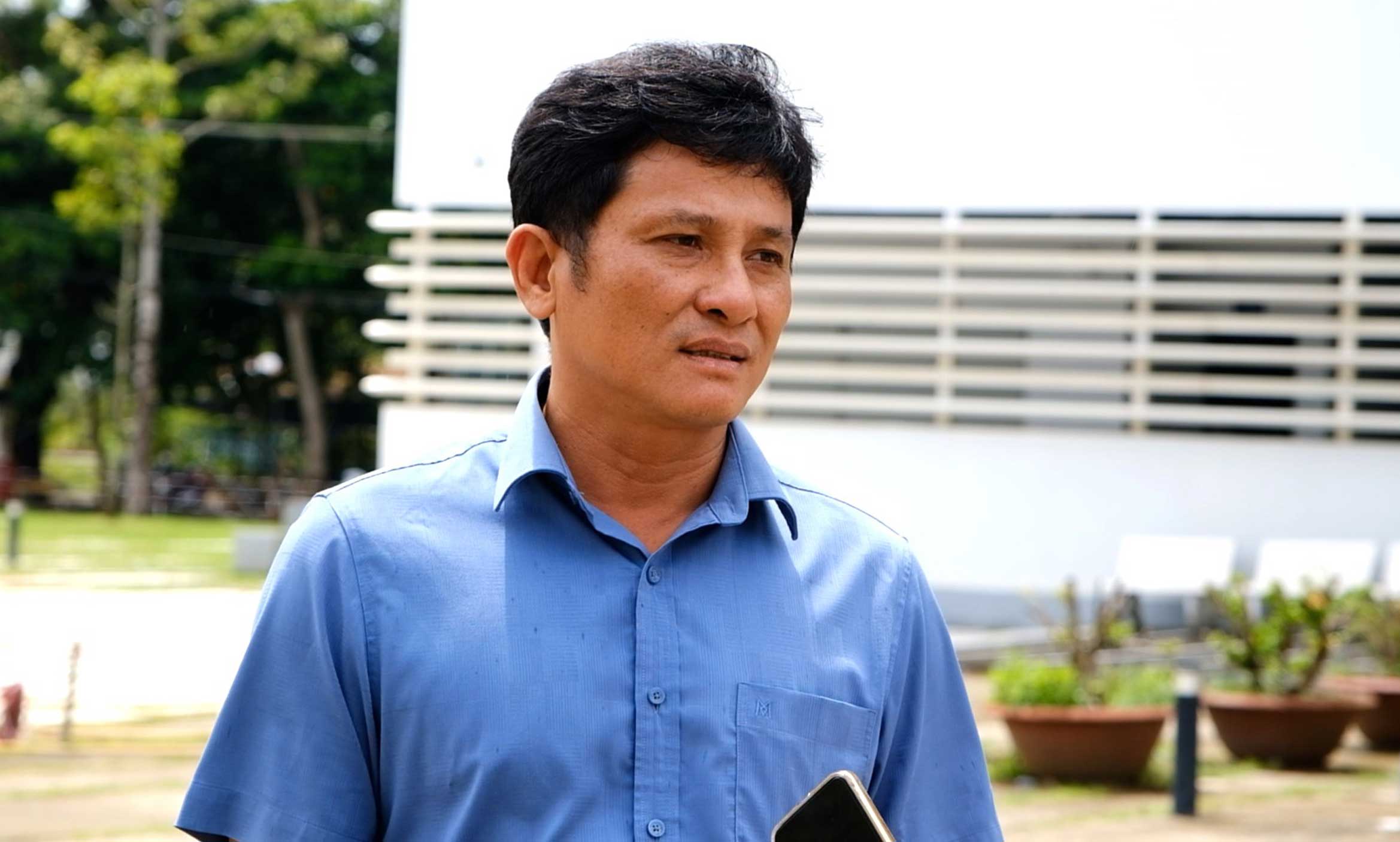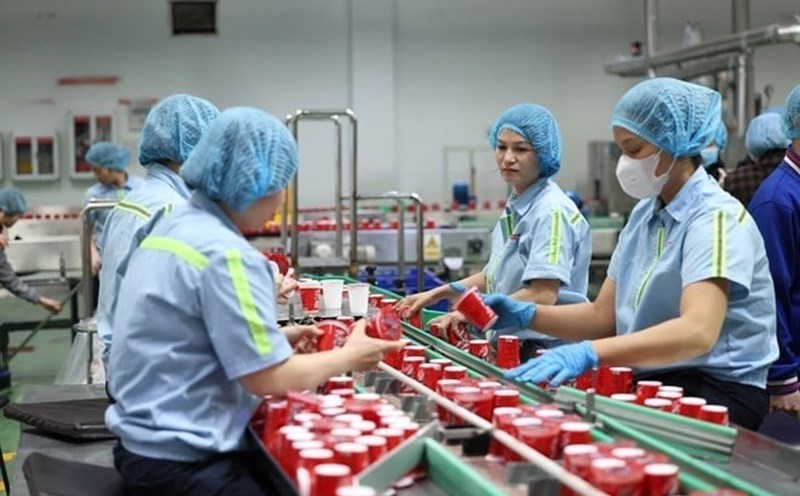Not only from fertilizers
Since the Chinese market opened the door to main imports of Vietnam's durian market, export turnover has increased rapidly, making durian a bright spot in our country's agricultural sector.

However, increasingly strict requirements on quality, plant quarantine and food safety and hygiene of the international market, especially the issue of cadimi heavy metal reserves exceeding the allowable threshold, are considered a challenge for the durian industry alone. This is an issue that both farmers and exporting enterprises need to pay attention to.
From research and surveys on durian growing areas in the Mekong Delta such as Can Tho, Hau Giang (old), Dong Thap, Tien Giang (old), ... Dr. Duong Minh Vien - working at the Faculty of Earth Sciences, School of Agriculture (Can Tho University) - commented that there are many causes of cadimi infection in the soil, from natural factors to the impact of the farming process.

According to Dr. Duong Minh Vien's explanation, cadimi is widely distributed on the Earth's surface, present in the minerals that form the Earth. Depending on the region, location and geology, the cadimi content in the soil is also different. Cadimi is also present quite a lot in phosphoric da. Therefore, the exploitation of phosphoric stones and processing them into lion manure more or less leads to cadimi contamination.
In addition, the use of organic fertilizers from sludge, some types of coal or irrigation water contaminated with cadimi from before also risks leading to cadimi accumulation in the soil.
Through an actual survey, taking soil samples in provinces and cities in the Mekong Delta and comparing with data published in prestigious articles around the world, I found that the level of cadimi infection in the Mekong Delta is only at an average level, not too serious, said Dr. Duong Minh Vien.
Land management and fertilizer use
From the causes of cadimi accumulation in the soil, Dr. Duong Minh Vien suggests a number of corresponding solutions in terms of chemistry, soil management and appropriate fertilizer use.
Chemically, Dr. Duong Minh Vien said that cadimi will increase mobility and absorb to the plant when the soil is acidic (low ph). Therefore, farmers need to fertilize the lime to increase ph and reduce cadimi absorption onto durian plants.
For the use of fertilizers, farmers should use clean organic fertilizer (not contaminated with cadimi) and fertilizer containing sulfur. These fertilizers will reduce the mobility of the soil and absorb cadimi onto the plant. Conversely, fertilizers or irrigation water sources containing clo-based will increase cadimi absorption.
As for land management, improving loose, well-ventilated soil will form iron oxide and hydroxides, helping to reduce cadimi absorption.
According to the Ministry of Agriculture and Environment, the total export value of vegetables and fruits in the first 6 months of 2025 reached 3.05 billion USD, down 8.4% over the same period in 2024. The reason is said to be the sharp decline of the durian industry. After receiving information from China to tighten the inspection of cadimi and O gold, the Ministry of Agriculture and Environment has continuously issued close instructions on quality management so that this industry can soon regain its position in exports.









